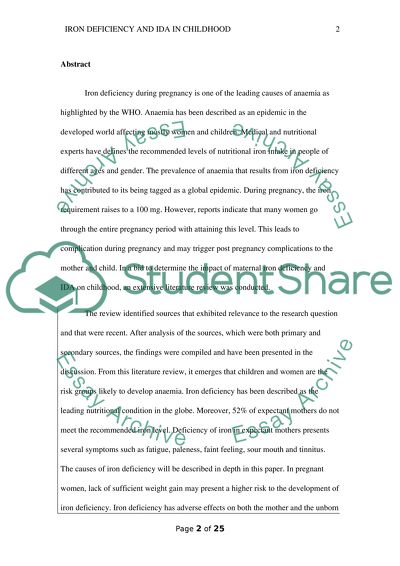Cite this document
(“The Impact of Maternal Iron Deficiency and IDA on Childhood Essay”, n.d.)
Retrieved from https://studentshare.org/health-sciences-medicine/1647510-the-impact-of-maternal-iron-deficiency-and-ida-on-childhood
Retrieved from https://studentshare.org/health-sciences-medicine/1647510-the-impact-of-maternal-iron-deficiency-and-ida-on-childhood
(The Impact of Maternal Iron Deficiency and IDA on Childhood Essay)
https://studentshare.org/health-sciences-medicine/1647510-the-impact-of-maternal-iron-deficiency-and-ida-on-childhood.
https://studentshare.org/health-sciences-medicine/1647510-the-impact-of-maternal-iron-deficiency-and-ida-on-childhood.
“The Impact of Maternal Iron Deficiency and IDA on Childhood Essay”, n.d. https://studentshare.org/health-sciences-medicine/1647510-the-impact-of-maternal-iron-deficiency-and-ida-on-childhood.


